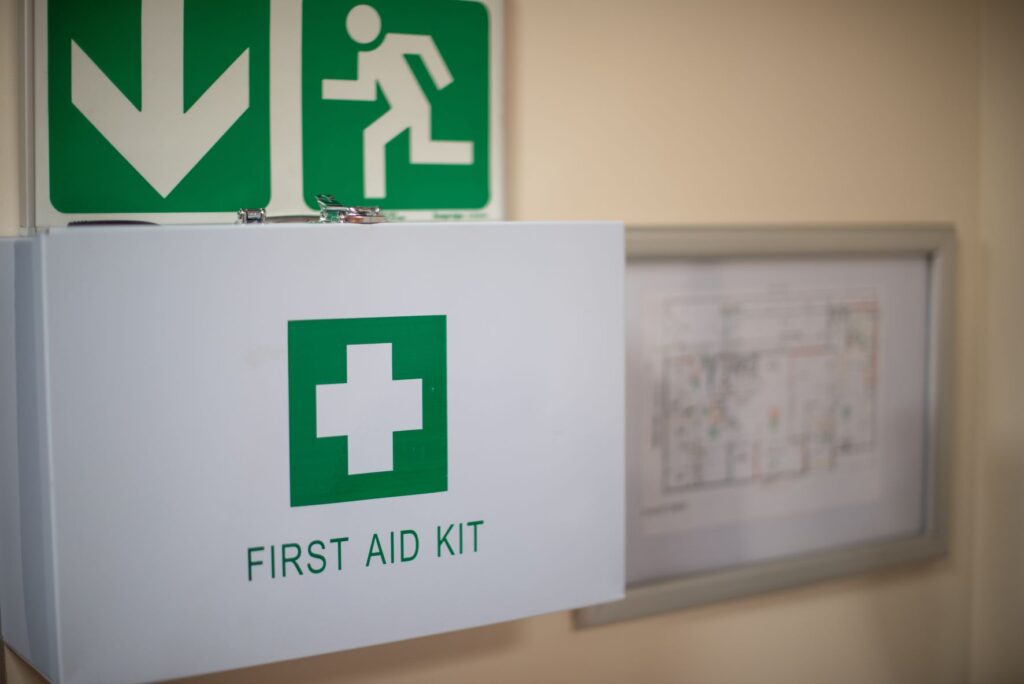Learn How to Perform First Aid
Whether you’re an emergency response team member, an amateur first aider, or just interested in learning how to handle first aid situations, you can learn all the skills you need to keep yourself and others safe. This article will show you how to help someone who is injured. You’ll also learn about how to deal with respiratory emergencies and how to handle an airway obstruction. Additionally, you will learn how to deal with a joint, bone, and muscle injury.
Airway, breathing, circulation
Performing an airway, breathing, and circulation first aid is an essential part of any first aid kit. The difference between life or death can be made by getting the right amount of oxygen and air into the patient’s lungs. High flow oxygen should always be administered to critically ill patients as soon as possible.
The primary function of an airway, breathing, and circulation first assist is to identify a patient’s level of medical condition. To prevent further injury, an airway, circulation, and breathing first aid should be performed. A well-stocked first aid kit can be a smart decision.
A complete physical exam is the best way to do it. This can be done by checking blood pressure, pulse, and other vital signs. Good first aid should also be alert for any movement in the chest. Performing a chest compression is a good start. Chest compressions improve circulation and prevent potentially fatal cardiac arrest.
Muscle, bone, and joint injury
It doesn’t matter whether it’s a broken bone, muscle strain, or spinal injury, it’s important that you know how to give first aid to any injury. In case of an emergency, it is helpful to keep a First Aid Kit on hand.
Bone fracture is serious injury and requires immediate medical attention. It is caused when the force applied to the tissue is too great. A broken bone can be in the head, neck, foot, leg or back. Symptoms include pain when moving the affected part, swelling, and abnormal movement of the bone.
Sprains are injuries that result from overexertion or stretching of the muscle. These tend to occur in the lower leg, thigh, neck, and back. They are also commonly associated with discoloration, swelling, and tenderness.

Choking
Everyone should know how to perform first aid for choking. Whether you are a nurse, physician, or simply a member of the public, you should be able to perform choking first aid and know how to call for help in an emergency.
Choking is caused by an object getting lodged in the throat and windpipe. The object can be a piece of food or even a button or toy part. For the survival of the person, it is essential to perform choking emergency aid.
The National Safety Council estimates that choking can cause up to 3,000 deaths annually. To determine whether a person is choking, the first rule of thumb is to mimic a choking motion, which is placing your hands around the neck.
Respiratory emergency
You don’t have to be a professional first responder to save someone’s life. First, you need to determine why the person is experiencing respiratory distress. This will help you decide what actions to take. You should also take note of the toxic materials in the area.
In a nutshell, you should perform chest compressions to promote circulation and breathing. You should also check your pulse. Keep the victim dry and warm.
Performing CPR on your own is tricky business, especially if you haven’t got the right equipment. There are automatic external defibrillators available in most public places.
Applying pressure to a heavily bleeding wound
A person who has a severe bleeding wound must immediately apply pressure. If you are not able to control the bleeding, call for medical help as soon as possible. This will prevent blood loss, which can lead directly to shock.
If you are not sure where to apply pressure, you can use a clean compress, such as a washcloth or gauze pad. Apply the compress to the wound and keep it in place for 20 minutes. You can also use adhesive tape to hold it in place.
You can also apply direct pressure to the wound. You can also hold the compress or cloth in place with one hand, and apply firm pressure with the other. The pressure should be consistent and direct.